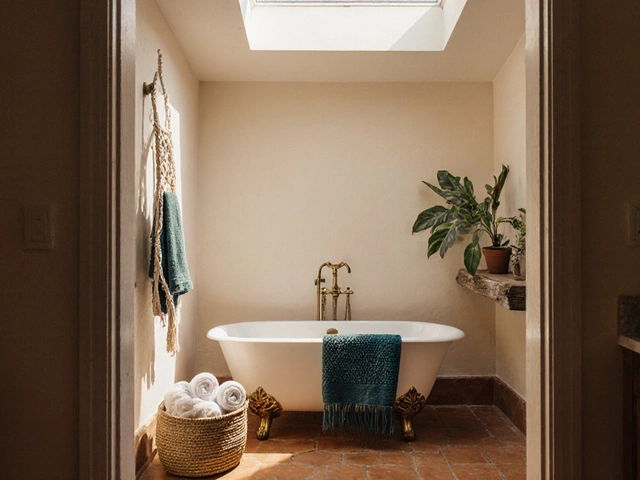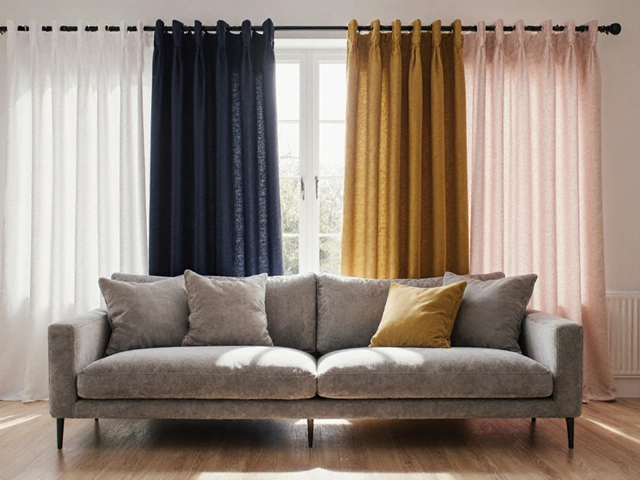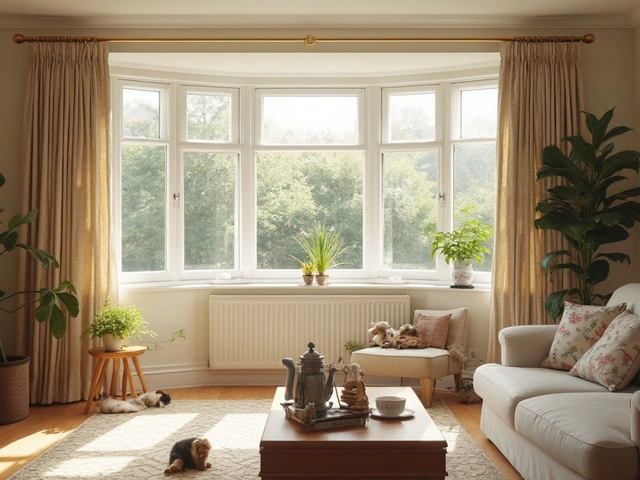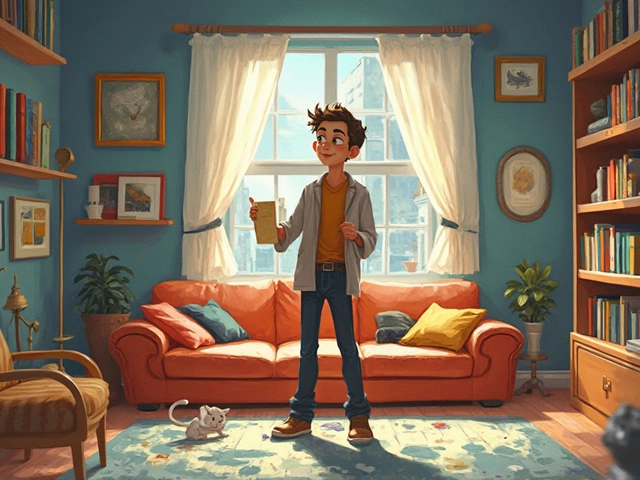What Makes a Sofa Look Expensive? 7 Real Ways to Tell the Difference
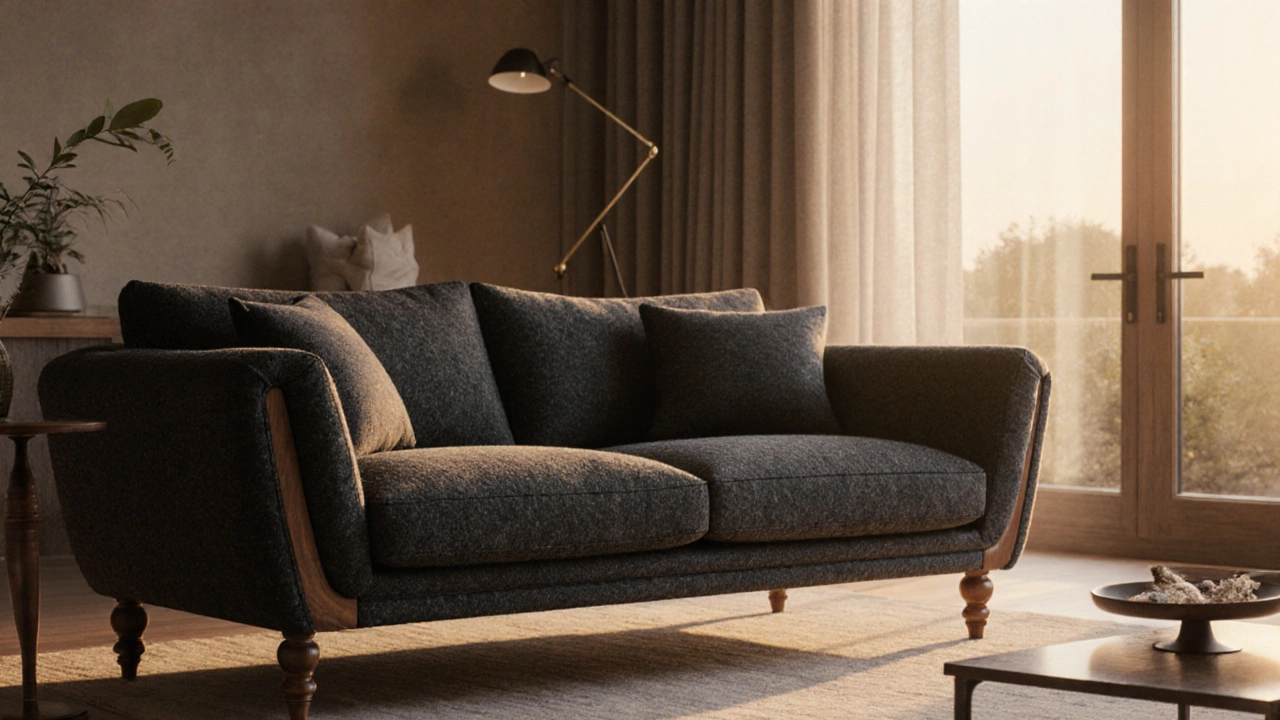
Ever walk into a showroom and instantly know a sofa costs three times more than the one down the aisle? You don’t need to know the brand or price tag. The difference shows up in the details-how the light hits the fabric, how the legs sit on the floor, even how the cushions settle when you sit down. An expensive sofa doesn’t shout. It whispers confidence. Here’s what actually makes a sofa look expensive-not just in a catalog photo, but in real life, in your living room, under natural light.
1. Fabric That Feels Like It Costs More
It’s not just about the material. It’s about how it behaves. Cheap sofas use thin, synthetic blends that look shiny under artificial light and pill after three months. High-end sofas use natural fibers like wool, linen, or top-grain leather. Wool has a subtle texture that catches light unevenly, giving depth. Linen wrinkles naturally, which looks intentional, not sloppy. Leather doesn’t just look rich-it ages. You’ll see soft patinas form where your arms rest, not cracks or peeling.
Look at the weave. A tight, dense weave on a cotton-linen blend says craftsmanship. A loose, sloppy weave says mass production. Run your hand over it. Expensive fabric doesn’t feel slippery or plasticky. It has weight. It resists your fingers just a little. That’s not luck. That’s thread count, fiber quality, and proper milling-things you can’t fake at a warehouse store.
2. Frame That Doesn’t Wobble
Most sofas you see in budget stores have frames made from particleboard or softwood. They’re glued, stapled, and held together with nails. They flex when you sit. You hear creaks. That’s not character. That’s failure.
Expensive sofas use kiln-dried hardwood-oak, beech, or maple. The joints are double-doweled and glued, not just stapled. You can’t see this from the outside, but you can test it. Sit on the sofa and shift your weight side to side. If the frame moves even slightly, it’s not built to last. Lift one corner gently. If the whole frame lifts cleanly off the floor without sagging, you’ve found something solid. That’s the foundation of luxury. Everything else-the fabric, the cushions, the stitching-depends on this.
3. Legs That Look Like They Were Made for the Sofa
Those flimsy plastic or thin metal legs you see on discount sofas? They look like an afterthought. Like someone slapped them on because the design team forgot to include them in the budget.
Expensive sofas have legs that feel intentional. Solid wood, turned by hand or CNC-machined to exact specs. They’re often thicker, heavier, and set slightly inward-not bolted directly to the frame, but integrated. Some are even carved with subtle detail. The finish matches the upholstery. If the sofa is in charcoal wool, the legs are stained the same tone. No glossy varnish. No mismatched brass. Everything harmonizes. That’s attention to detail you can’t copy with a 3D printer.
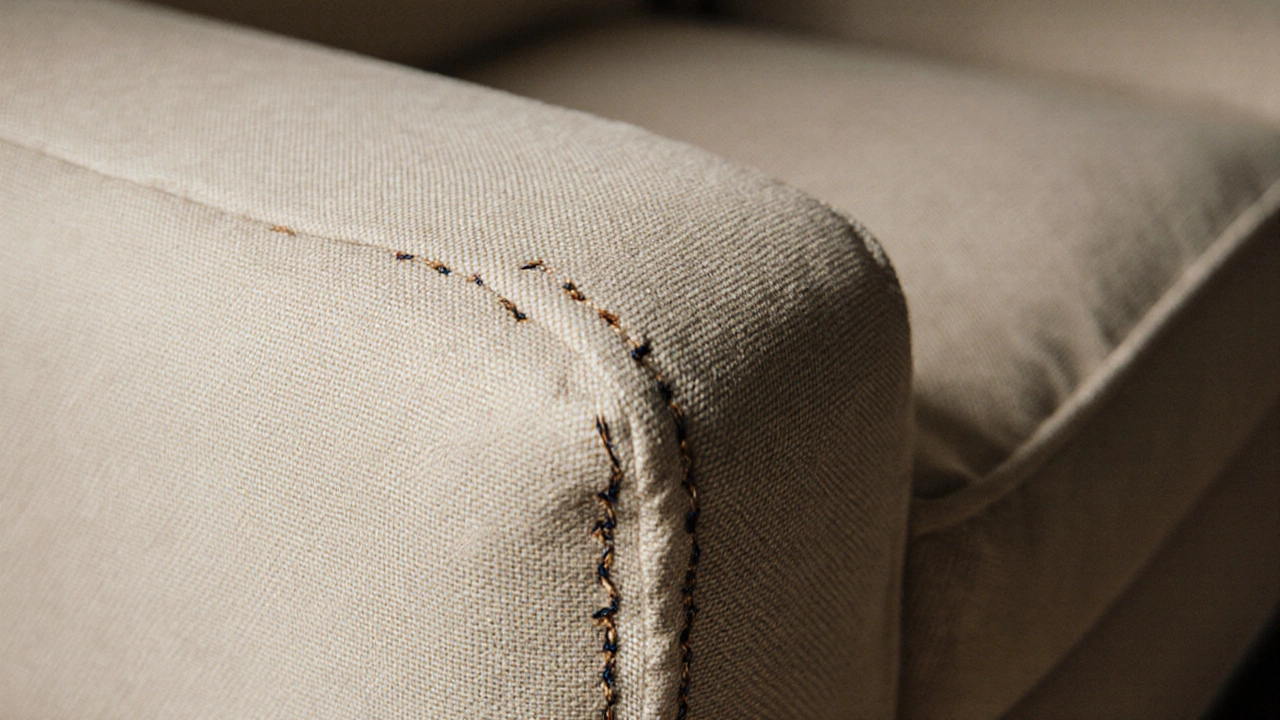
4. Cushion Construction That Holds Its Shape
Here’s the trick: expensive sofas don’t have the fluffiest cushions. They have the smartest ones. Cheap sofas use loose polyester fill. It flattens in weeks. You sink in, and your back gets no support. You’re not relaxing-you’re collapsing.
High-end sofas use down-wrapped foam cores. The foam gives structure. The down wraps it, adding softness without squish. When you sit, you feel supported, not swallowed. And when you stand up, the cushion bounces back. Not perfectly-just enough. That slight delay, that gentle return, is the signature of quality. Some even use spring-down systems, where coils are hand-tied and layered under the foam. That’s what you get in custom European pieces. It’s not just comfort. It’s engineering.
5. Stitching That Tells a Story
Look at the seams. Are they perfectly straight? Are the stitches evenly spaced? Are they the same color as the fabric? That’s not accidental. That’s skilled labor.
Mass-produced sofas use automated machines that stitch fast and cheap. The thread is thin. The tension is uneven. You’ll see puckering near the armrests. Expensive sofas are stitched by hand or with industrial machines calibrated for precision. The thread is thick, durable, and often waxed. The stitch count per inch? At least 8-10. That’s the industry benchmark for luxury. You’ll also notice double-stitching along stress points-where the arm meets the back, where the seat meets the frame. That’s not decoration. That’s insurance.
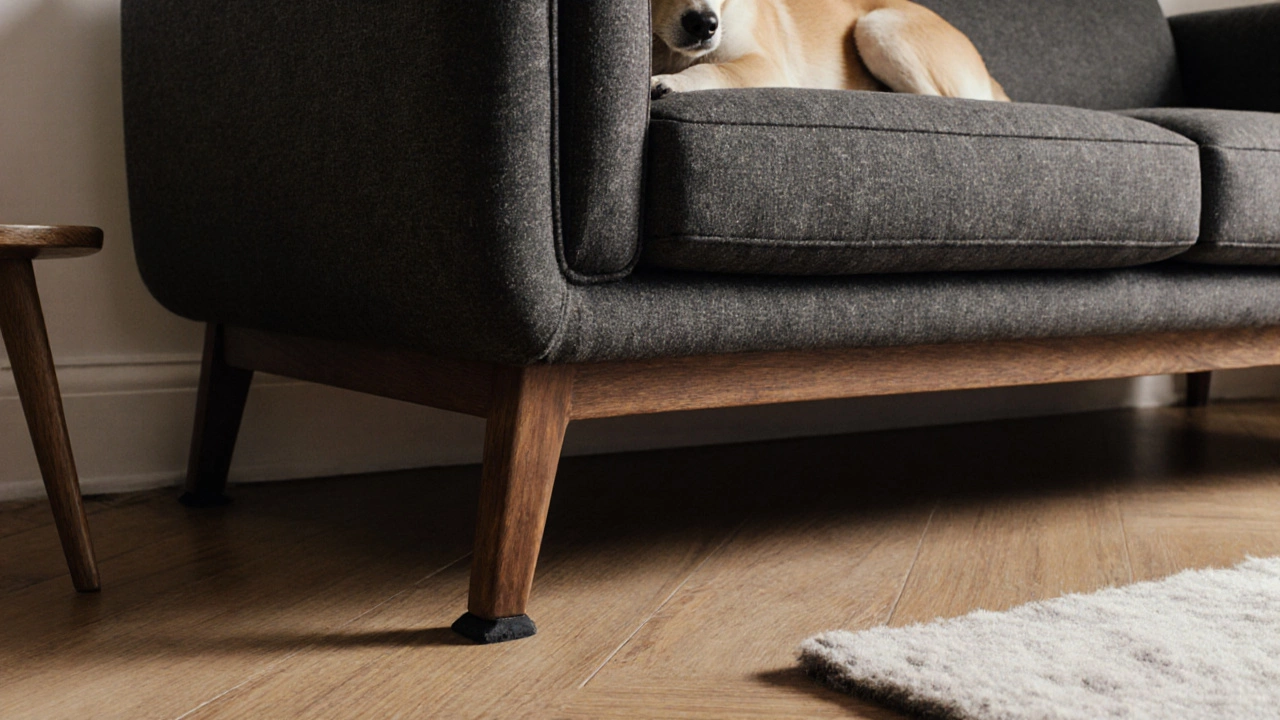
6. Proportions That Feel Right
It’s not just about size. It’s about balance. A cheap sofa looks like it was designed by an algorithm that optimized for “maximum seating in minimum space.” The arms are too high. The back is too low. The seat depth is either too shallow (you’re perched) or too deep (you’re sliding forward).
Expensive sofas are designed for the human body. Seat depth is usually 21-23 inches-deep enough to lean back, but not so deep you need a pillow to support your knees. Arm height? About 25 inches from the floor. That’s where your forearm naturally rests. Back height? Just above shoulder blades. No one’s designing these by guesswork. They’re based on ergonomic studies, decades of testing, and real feedback from people who sit for hours.
And the silhouette? Clean lines. No bulky tufting unless it’s done with precision. No unnecessary ruffles or pleats. It looks intentional, not cluttered. That’s minimalism done right.
7. The Little Things You Notice After a Week
The real test isn’t how it looks on day one. It’s how it looks after you’ve lived with it.
Does the fabric still look clean after your dog jumped on it? Does the cushion still hold its shape after three months of Netflix marathons? Do the legs still sit flat on the floor, or has the frame warped slightly? Does the zipper on the removable cover still glide smoothly?
Expensive sofas are built to be lived in. The zippers are YKK. The covers are removable and machine-washable without shrinking. The feet have felt pads so they don’t scratch hardwood. Even the hidden parts-the dust covers, the corner blocks, the webbing underneath-are made of durable materials. You won’t see them. But you’ll feel the difference when you sit down after a long day.
That’s what makes a sofa look expensive: it doesn’t try to look expensive. It just is. No gimmicks. No flashy logos. Just quiet, confident quality that gets better with time.


